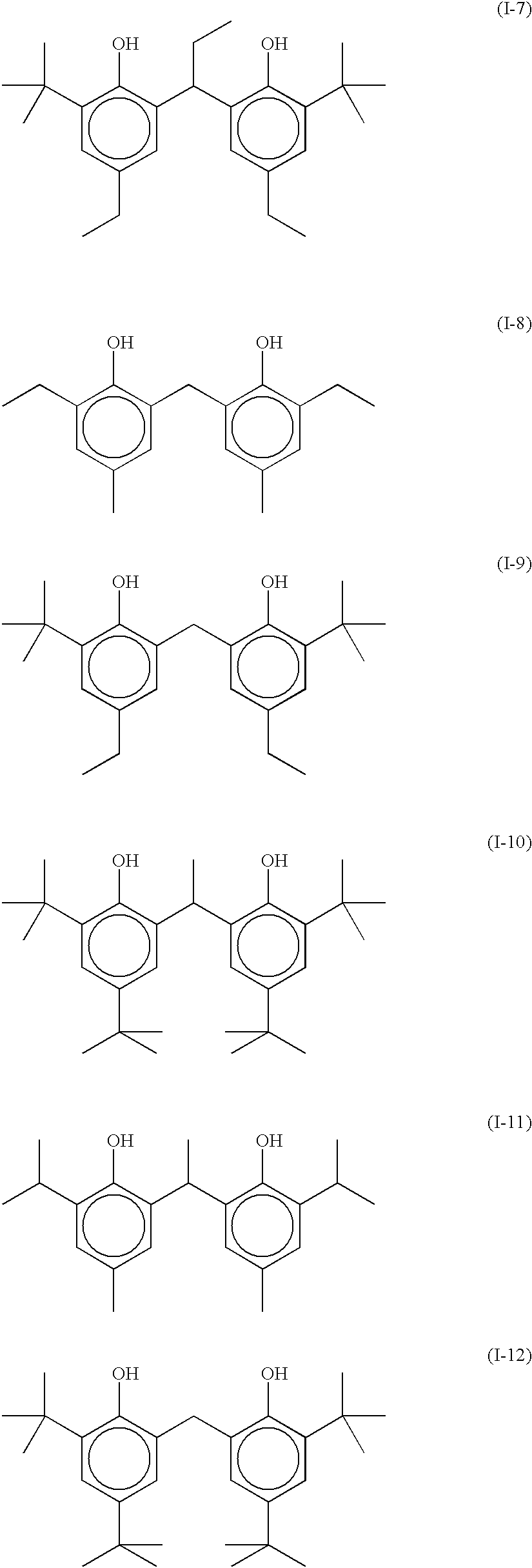Photothermographic material
- Summary
- Abstract
- Description
- Claims
- Application Information
AI Technical Summary
Benefits of technology
Problems solved by technology
Method used
Image
Examples
example 1
(Preparation of Photosensitive Silver Halide Emulsion 1)
[0123]4.3 ml of a 1% by weight potassium iodide solution was added to 1,420 ml of distilled water, and 3.5 ml of sulfuric acid having a concentration of 0.5 mol / L and 36.7 g of phthalated gelatin were added thereto to form a solution. The solution was maintained at a liquid temperature of 42° C. in a stainless steel reaction vessel under stirring, and the whole of a solution A formed by diluting by adding distilled water to 22.22 g of silver nitrate to make 195.6 ml and a solution B formed by diluting 21.8 g of potassium iodide with distilled water to a volume of 218 ml were added thereto at a constant flow amount over 9 minutes. Thereafter, 10 ml of a 3.5% by weight aqueous solution of hydrogen peroxide was added, and 10.8 ml of a 10% by weight aqueous solution of benzimidazole was further added. Furthermore, a solution C is formed by diluting by adding distilled water to 51.86 g of silver nitrate to make 317.5 ml, and a solut...
PUM
 Login to View More
Login to View More Abstract
Description
Claims
Application Information
 Login to View More
Login to View More - R&D
- Intellectual Property
- Life Sciences
- Materials
- Tech Scout
- Unparalleled Data Quality
- Higher Quality Content
- 60% Fewer Hallucinations
Browse by: Latest US Patents, China's latest patents, Technical Efficacy Thesaurus, Application Domain, Technology Topic, Popular Technical Reports.
© 2025 PatSnap. All rights reserved.Legal|Privacy policy|Modern Slavery Act Transparency Statement|Sitemap|About US| Contact US: help@patsnap.com



